Table of Contents
Shrimp shells, including the heads and tails, are fine to compost. Correct preparation and optimal conditions are crucial factors to attain successful compost. Aside from nitrogen, shrimp shells are packed with various minerals beneficial to composting microorganisms. These nutrients remain in the compost and can nourish your garden soil when the compost is applied.
Chitin is a substance in shrimp shells that can support plant defense against nematode and fungal infections.
To produce compost faster, opt for a hot composting method. Within 1 to 2 weeks, your shrimp shells can break down in a hot pile with a temperature of at least 120 degrees Fahrenheit. For composters with limited garden space, the Bokashi method is an excellent option as Bokashi containers require minimal space.

Animal-based waste is not a common composting ingredient due to the risks of pesky pests and unpleasant smells. However, composters can take precautionary measures to prevent these issues.
Continue below for a comprehensive guide on how to compost shrimp shells efficiently.
How to Compost Shrimp Shells
To produce a successful compost, a balanced combination of brown and green materials, adequate moisture, and optimal temperatures are necessary. Cooked or raw shrimp shells are safe to compost, including the shrimp heads and tails.
Preparing Cooked Shrimp Shells for Composting
Separate the shrimp shells from the peeled shrimp meat. Shrimp shells that have been cooked with dairy products, oils, or sauces should be washed first. Doing this will reduce the risk of pest problems and unpleasant smells.
Boil your shrimp shells for 20 to 30 minutes and let them cool. Fish out your shrimp shells and sun-dry them until crisp. As an alternative, you can dry them in the oven. Once the shrimp shells are brittle, crush them into small pieces or a powder-like texture. As a general composting rule, smaller sizes decompose faster.
Preparing Raw Shrimp Shells for Composting
If you have an active hot compost pile, you can directly integrate raw shrimp shells alongside other organic wastes. However, you can speed up their decomposition process by cutting them into smaller pieces using a pair of scissors.
Raw shrimp shells can be prepared the same way as cooked shrimp. Boil your shrimp shells, dry until crisp, and pulverize.
Optimal Composting Conditions for Shrimp Shells
Maintain a carbon:nitrogen ratio of 25 to 30 parts brown materials to every 1 part of green materials. Layer your organic wastes and place your crushed or shredded shrimp shells at the center of the compost pile. A healthy mix of these materials will lead to the best compost quality. Aside from nitrogen, shrimp shells have chitin , a type of carbohydrate commonly used as fertilizer. It improves soil health and plant growth.
Only add water to your shrimp shell compost when necessary. Excess fluids in an unaerated pile generates anaerobic decomposition of organic wastes. This condition contributes to unpleasant smells within the compost. You can balance your compost pile’s moisture by adding more carbon-rich brown ingredients like dried leaves or untreated wood chips.
In a hot compost pile, crushed shrimp shells can degrade faster. Maintain your compost pile’s internal temperature between 90 and 140 degrees Fahrenheit. Any temperature lower than this range signals slow decomposition of your organic materials. Turning your compost pile regularly for aeration and maintaining balanced moisture levels will help sustain these ideal temperatures.
How Long Do Shrimp Shells Take to Compost?
Depending on your composting method and other environmental conditions, shrimp shells can decompose within several months. In a well-maintained hot compost pile that heats up as 120 degrees Fahrenheit, shrimp shells break down in 1 to 2 weeks. On the other hand, cold composting processes the shrimp shells slower, taking up to a year.
How Shrimp Shells Affect the Composting Process
The U.S. Environmental Protection Agency (EPA) advises excluding animal-based waste to prevent pesky pests and unpleasant odors. However, when prepared correctly and added minimally, shrimp shells are excellent additions to your compost pile. They provide your compost pile with beneficial nitrogen and other nutrients like calcium and chitin.
Impact on Decomposition
Due to its chitin content, shrimp shells take a longer time to break down. To speed up the decomposition process, dry your shrimp shells and pulverize them before adding to your compost. These steps ensure the best compost quality of shrimp shells. Additionally, nitrogen found in shrimp shells can positively impact your compost pile’s microbial activity.
Microbial Activity
Composting heavily relies on the activity of microorganisms in your pile or bin. A balanced combination of green and brown materials and adequate air and oxygen levels are crucial factors for a healthy microbial community. The shrimp shells’ nitrogen content boosts microbial growth through protein synthesis.
Temperature and Moisture
Including crushed or pulverized shrimp shells in your compost pile contributes to its heat generation. In a well-managed compost pile or compost bin, microorganism heat can reach up to 160 degrees Fahrenheit, hot enough to “cook” your organic wastes.
Moisture from fresh or raw shrimp shells can assist in maintaining the ideal moisture balance of your compost pile, but avoid excess water within your compost pile as anaerobic decomposition can occur from this condition. To mitigate wet piles, add more dry, brown, compostable materials like shredded brown paper or untreated wood chips.
Potential Issues With Composting Shrimp Shells
Improper preparation of shrimp shells and mismanagement of your compost pile can lead to common composting issues. However, there are ways to minimize these risks.
Will Composting Shrimp Shells Attract Pests?
Shrimp shells can attract pests like flies and rodents. Dry your shrimp shells, including the head and tail, and crush them into small pieces to minimize this risk. You can sun-dry or put them in the oven until crisp. Some composters even use a food processor, producing a powdery shrimp shell substance for composting. Sealing your compost bin or putting a sheet of plywood over your open pile is another extra measure to keep out unwanted pests.
Will Composting Shrimp Shells Cause Odors?
Most especially in mismanaged piles, incorrectly prepared shrimp shells can produce pungent odors. To prevent this issue, dry and pulverize your shrimp shells. Add them deep in the pile’s center for the most intense heat. Maintain a balanced moisture level. If your pile becomes too wet, add more carbon materials as they can absorb excess moisture.
Methods for Composting Shrimp Shells
Various methods are possible when converting shrimp shells into a healthy compost. Explore your options below and see what best suits your lifestyle!
Hot Composting
Shrimp shells (cooked, or raw) are suitable for hot compost. Although infamous for being a laborious method, hot composting yields nutrient-rich compost faster. This method uses heat generated by beneficial microorganisms to further break down organic materials. Temperature checks, and regular turning are necessary for a successful hot compost.
A long-stemmed backyard thermometer can be useful in maintaining the optimal temperature range of 90 to 140 degrees Fahrenheit.
Cold Composting
If you’re looking for a more laid-back and convenient method to process shrimp shells, cold composting might be the answer. A balanced ratio between carbon and nitrogen is necessary for a successful cold compost. With little to no human intervention during the composting period, cold composting allows nature to do its job. Due to the lack of heat, this method takes longer to decompose shrimp shells.
Possible issues with cold composting shrimp shells include pests and unwanted smells. Prepare your compostable shrimp shells correctly, and maintain optimal composting conditions to prevent these problems.
Vermicomposting
Introducing new food to your worm bin should be done carefully. When adding small amounts of shrimp shells, first see how your worm farm reacts. Break the shrimp shells into smaller pieces so worms can consume them faster. Note that shrimp shells can cause odors within your worm bin. Add them gradually and provide a diverse food source to your worm farm.
Shrimp shells contaminated with dairy, grease, sauces, or other spices should be washed and boiled first and then pulverized. The resulting worm castings are valuable nourishment for your garden soil and plants.
Bokashi Composting
Organic kitchen waste can be safely added to a Bokashi bin. This method uniquely isolates your organic items from oxygen, prompting anaerobic decomposition. The Bokashi inoculant bran introduces microbes that will kick-start the fermentation process. They flourish in carbohydrates and proteins found in food scraps, including fruit and vegetable trimmings.
A Bokashi kit usually comes with a container and a lid. Bokashi bins should be sealed after the organic wastes are collected. Doing so ensures excellent Bokashi compost quality, traps unnecessary smells inside, and keeps out pests.
Alternatives to Composting Shrimp Shells
There are plenty of ways to sustainably make use of shrimp shells. Throwing them into your garbage bin and ending up in landfills should be the last option.
Industrial Composting of Shrimp Shells
If a home compost isn’t feasible, explore industrial composting. These large-scale centers accept common household wastes and turn them into healthy compost or soil amendments for agriculture use. They can reach extreme heat; high enough to kill bacteria and pathogens.
Contact your nearest commercial composting facility to learn if and how they accept such waste.
Upcycling Shrimp Shells
Packed with valuable nourishment, leftover shrimp shells have other uses for your garden. And did you know you can enjoy unique recipes using this common kitchen waste?
Shrimp Shells as Fertilizer
Due to their chitin and nitrogen content, shrimp work as a beneficial fertilizer for soil, and plants. Prepare your disposable shrimp peelings as you would for composting. Boiling them first will cleanse away any unwanted dairy or grease from the shells. Then, sun-dry them or bake in the oven until crisp. Pulverize or crush the crispy shells. Doing this allows your soil to absorb essential nutrients from the shrimp shells faster.
Shrimp shells also provide calcium carbonate for your soil, ideal for plants like apple, citrus, lettuce, and pear. Overtime, the crushed shrimp shells degrade, adding nitrogen to your soil. Additionally, integrating shrimp shells to your garden soil helps control nematode infections and encourages plant defense against fungal infections.
Shrimp Shells for Recipes
Aside from a delicious shrimp broth, there are other innovative ways to enjoy shrimp shells.
Create your own crunchy, Japanese snacks out of shrimp heads. Coat your cleaned shrimp heads with readily available ingredients like cornstarch, pepper, and salt. You can add your own choice of spices to add more flavor. In a deep pan, heat canola oil and toss in the coated shrimp heads. Remove them when crisp and golden brown. They are best served hot.
Another distinctive recipe to try is PepperPH crispy shrimp shells, flavored with a tamarind mix.
Feeding Shrimp Shells to Chickens and Livestock
Pulverized shrimp shells in minimal amounts can be fed to chickens. Simply mix your shrimp shell powder with your chicken feed and gradually introduce it to their diet. Calcium is necessary for chickens (especially hens), and shrimp shells can provide that mineral. It supports strong bone health and assists in egg-laying.
But use moderately when feeding your chickens shrimp shells. Excessive shrimp shells in the diet of chickens can lead to health issues such as egg binding.
Cats will also benefit from smaller pieces of shrimp shells. The shells are a great source of fat and protein, and their chitin content helps improve cats digestive and intestinal function. Caution: Dogs cannot eat shrimp shells including heads and tails.
Sheep and cattle can be fed with shrimp by-products like shells as a protein source alternative. In addition, shrimp shells have anti-obesogenic properties for pigs.
Disposal Options for Shrimp Shells
As a last resort, dispose of your shrimp shells in an appropriate garbage receptacle. Seal them in a bag and cover your bin to keep away animals.
What Shrimp Shells Shouldn’t Be Composted?
Avoid shrimp shells that have been treated with preservatives or other chemicals. Shells from shrimp contaminated with oil spills do not belong in your compost pile or compost bin. These can hinder proper decomposition of your organic waste and harm composting microorganisms. Furthermore, chemicals may persist in the shells and reach your garden when the shrimp compost is applied.
Safety and Precautions When Composting Shrimp Shells
To avoid composting issues, prepare your shrimp shells correctly to achieve optimal composting conditions. A seal over your compost bin or a sheet of plywood over an open pile is an excellent precautionary measure to keep out pests.
After your composting activity, wash your hands with soap and running water.
FAQ
What are the benefits of shrimp shell compost?
Chitin content found in shrimp shells can lower the infection rate from nematodes or roundworms on plant roots, and suppress many soil-borne fungi. Shrimp shell compost is a valuable addition to your garden soil, nourishing it with other nutrients such as calcium carbonate.
Can you compost shrimp tails?
Yes, shrimp tails are ideal for composting. Prepare them as you would shrimp shells. Boil for at least 20 minutes, sun-dry until crisp, or dry them in an oven. Shred or pulverize the shrimp tails to speed up the process of decomposition.
What are shrimp shells made of?
Crustacean (lobsters, shrimp) shells have 20% to 50% calcium carbonate, 15% to 40% chitin, and 20% to 40% calcium carbonate.



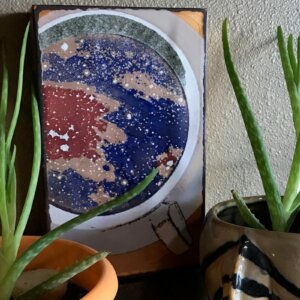
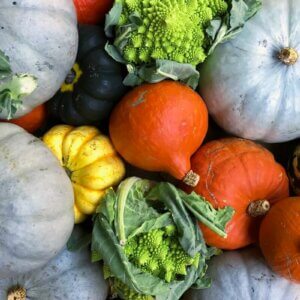
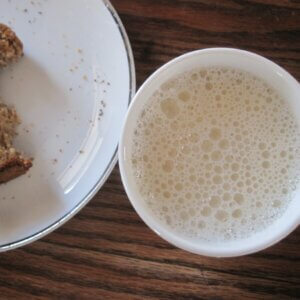


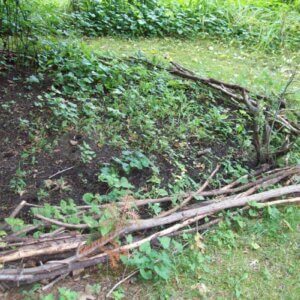

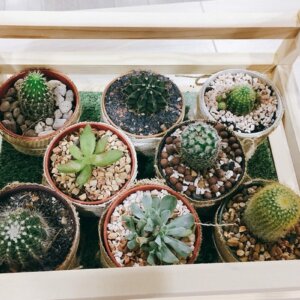




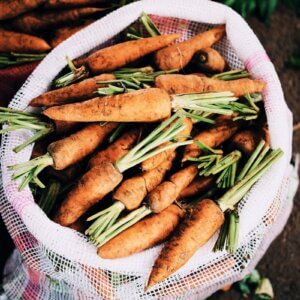

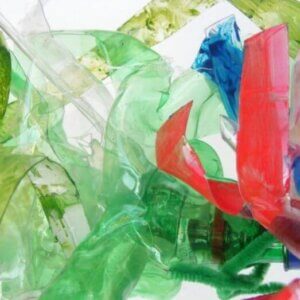


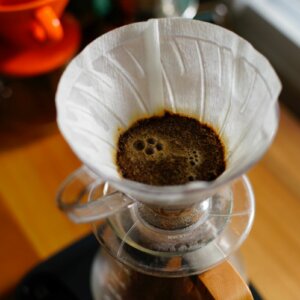



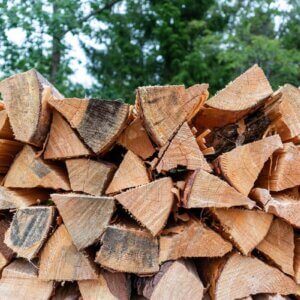
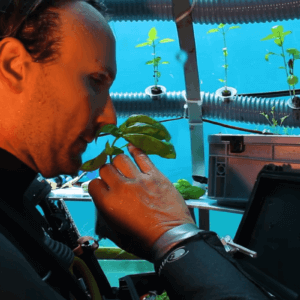




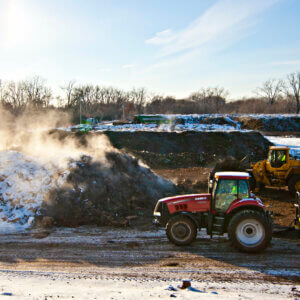

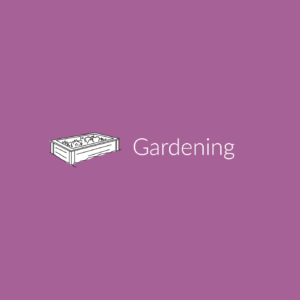


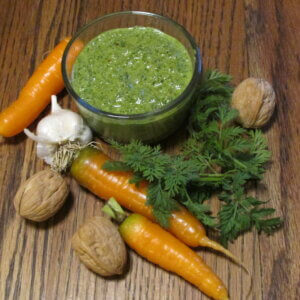




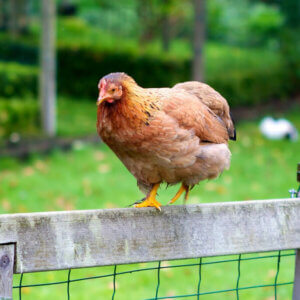

Leave a Reply